Longitudinal zero thermal expansion in Re-Fe (R = Tb, Er) eutectic alloys with high fracture resistance
Abstract
Longitudinal zero thermal expansion (LZTE) alloys hold unique application potentials due to their size stability along the longitudinal direction and thermal expansion compatibility inside the radial plane. However, they are rare and usually exist in an ordered intermetallic phase that suffers from poor mechanical properties. Here, two novel alloys, Tb0.05Fe0.95 and Er0.04Fe0.96, were designed and fabricated by hypo-eutectic reaction. The Tb0.05Fe0.95 alloy possesses axial zero thermal expansion with an ultralow coefficient of thermal expansion (α1 = 0.029 × 10-6 K-1, 110 to 425 K) and a large ultimate compressive stress (δUS) of 0.80 GPa with a strain limit of 3.9%, and the Er0.04Fe0.96 alloy exhibits axial zero thermal expansion (α1 = -0.33 × 10-6 K-1, 110 to 330 K) and an ultimate compressive stress (δUS) of 0.73 GPa with a large strain limit of 13.8%. Further studies show that the [001] axis of the hexagonal R2Fe17 phase (R = Tb, Dy) tends to nucleate and grow along the maximum temperature gradient direction, where the negative thermal expansion of the R2Fe17 phase is neutralized by the positive thermal expansion of α-Fe and leads to the LZTE. The fractured surface shows that the plastic α-Fe phase hinders the enlargement of micro-cracks from the brittle R2Fe17 phase, and it leads to plasticity while the matrix R2Fe17 phase gives rise to high strength. Furthermore, the present LZTE alloys are stable under thermal circulation, which has application prospects for high-precision engineering.
Keywords
INTRODUCTION
Zero thermal expansion (ZTE) alloys are vital for high-precision fabrications due to their unique size-invariance property under temperature fluctuations[1-7]. Critical applications exist that call for ZTE in one direction but normal positive thermal expansion (PTE) in other directions, i.e., longitudinal ZTE (LZTE). For example, optic support systems of a space telescope should have an extremely small CTE (coefficient of thermal expansion, αl < 1 × 10-6 K-1) in the supporting direction to ensure its focus accuracy, but have positive CTEs (αl ≈ 10 × 10-6 K-1) in the radial planes, allowing for compliant mounting of optical elements[8-12]. However, most commercial ZTE alloys are based on a high-symmetric face-centered-cubic (fcc) structure (e.g., the Fe-Ni Invar) with isotropic performances[13-20]. In recent years, several LZTE systems with hexagonal or tetragonal symmetries have been developed, such as Ho2Fe17, Er-Fe-V-Mo, ZrFe2,
On the R-Fe (R = rare earth) diphasic diagram, R2Fe17 can form a eutectic system with Fe[29] (see Figure 1). Hence, the α-Fe phase and the R2Fe17 phase will coexist to form the natural dual-phase alloy by hypo-eutectic or hyper-eutectic reactions. Interestingly, Fe is a common and low-cost element and among its phases, α-Fe, which has both features of plasticity and isotropic PTE. Meanwhile, R2Fe17 is a representative anisotropic negative thermal expansion (NTE) intermetallic compound with high strength and low plasticity. This provides a possibility to obtain a toughened LZTE alloy if the phase fractions and crystallographic orientation of R2Fe17 and α-Fe phases could be controlled suitably in the dual-phase alloy. As shown in Figure 1, the former property can be reached by adjusting the composition of RxFe1-x samples through hypo-eutectic or hyper-eutectic reactions, while the latter one can be realized by controlled axial cooling and crystallizing using the electric arc furnace[22].
Figure 1. (A) The Tb-Fe phase diagram and design thinking of LZTE alloys with comprehensive properties. (B) Schematic of controlled axial cooling and crystallizing for a dual-phase alloy using the electric arc furnace.
In this work, the thermal expansion performance was successfully tailored from moderate PTE to desired ZTE and then to NTE in the Tb-Fe and Er-Fe systems. Encouragingly, the LZTE dual-phase alloys with nominal compositions of Tb0.05Fe0.95 and Er0.04Fe0.96 were designed and synthesized. The alloys have high thermal circulation stability over a wide temperature range covering room temperature, a moderate combination of strength and plasticity, and machinability. The hard R2Fe17 phases are the matrix of the dual-phase alloy, preserving their high strength within it. The plastic α-Fe phase impedes the propagation of microcracks in the R2Fe17 matrix under compression, enhancing the plasticity of the dual-phase alloy. These alloys hold application prospects as LZTE materials in high-precision technology.
MATERIALS AND METHODS
Sample synthesis
The samples of TbxFe1-x (x = 0.025, x = 0.05, and x = 0.075, notated as 2.5Tb, 5Tb, and 7.5Tb, respectively) and ErxFe1-x (x = 0.02, x = 0.04, x = 0.07, and x = 0.09, notated as 2Er, 4Er, 7Er, and 9Er, respectively) were manufactured with nominal compositions in a vacuum arc melting furnace under a high purity argon atmosphere, and, in parallel, the Ti ingot was melted to absorb possible residual oxygen. In order to guarantee homogeneity, the ingots were turned over and melted four times. After that, the samples were annealed at 1,373 K under an argon atmosphere for nearly 24 h and then quenched in liquid nitrogen after the annealing.
Materials characterization
X-ray diffraction (XRD) measurements were carried out using RIGAKU SmartLab 9 kw equipped with a
RESULTS AND DISCUSSION
XRD analysis revealed the crystal structure of targeted samples. It is found that all 2.5Tb, 5Tb and 7.5Tb alloys are dual-phase, composed of α-Fe (labeled as α) and Tb2Fe17 phases (expressed as H) without other detective impurities, while for 2Er, 4Er, 7Er and 9Er alloys, all the peaks belong to the α-Fe or Er2Fe17 phase, agreeing well with the R-Fe phase diagram (see Figure 2A and B). With rising rare earth content, the intensity of peaks corresponding to crystal plane 302(H) gradually increases, while that corresponding to crystal plane 110(α) gradually decreases. It means that the content of the H phase augments, and that of the α phase declines (see Figure 2C). In addition, the Rietveld refinement of XRD results for samples verifies an approximately linear evolution with Tb/Er mole fractions in these dual-phase alloys (see Figure 2D, the full-profile fitting patterns for 2.5Tb, 5Tb and 7.5Tb alloys, see Supplementary Figure 1 and 2Er, 4Er, 7Er and 9Er alloys, see Supplementary Figure 2. The crystal structures of the H and α phases refined by XRD data are shown in Figure 2E. In the structure of the hexagonal phase, the Tb/Er atom and the Fe atom occupy sites 2b (0,0,1/4), 2d (1/3,2/3,3/4), 2c (1/3,2/3,1/4) and sites 4f (1/3,2/3,z), 6g (1/2,0,0), 12j (x,y,1/4), 12k (x,2x,z), respectively. The H phase adopts a Th2Ni17-type structure (space group: P63/mmc) with cell parameters of
Figure 2. Phase and crystal structure. (A-C) X-ray diffraction for 2.5Tb, 5Tb, 7.5Tb and 2Er, 4Er, 7Er, 9Er alloys, respectively. (D) The ratio of H and α phases in samples obtained by Rietveld refinement. (E) Crystal structures of H and α phases.
To explore the morphology and phase distribution of the dual-phase alloys, SEM and EBSD measurements were carried out. Due to the similarity of these alloys, we systematically studied only the microstructure of the 5Tb alloy, as shown in Figure 3A-F. As to the microstructure of the 4Er alloy, refer to
Figure 3. Microstructure of the 5Tb alloy. (A) The morphology of the 5Tb alloy was measured by scanning electron microscope (SEM) in the TD (transverse direction) - ND (normal direction) plane. (B) The enlarged region in (A) is marked by a dotted rectangle.
The existence of crystallographic texture of the H phase manifests that the uniaxial ZTE could be reached if the NTE of H along the c axis compensates for the PTE of α along the a axis. Thus, temperature-dependent SXRD for 5Tb was performed to reveal the lattice thermal expansion behaviors (see Figure 3G-I). Obviously, the 110(α) peak gradually shifts to lower angles as the temperature increases. This shows a broadening in the spacing of the 110(α) crystal planes and an expansion in the lattice constant for the α phase. Likewise, the 302(H) and 220(H) peaks gradually move to lower angles with the temperature elevation, which corresponds to the expansion of interplanar spacing inside the basal a-b plane for the
The hexagonal H phase shows NTE in the LD and the body cubic center α phase shows PTE, so tuning the phase contents in the samples could control the CTEs of dual-phase alloys. Therefore, the macroscopic thermal expansion curves (ΔL/L0) of these dual-phase alloys were measured using a dilatometer, as shown in Figure 4. The CTE along the LD can be tuned from positive (α1 = 6.0 × 10-6 K-1 for 2.5Tb alloy and
Figure 4. Dilatometric thermal expansion behaviors and TEM images of the 5Tb alloy. (A) The thermal expansion curves of 2.5Tb, 5Tb, and 7.5Tb alloys and pure iron along the LD. (B) The thermal expansion curves of 2Er, 4Er, 7Er, and 9Er alloys and pure iron along the LD. (C) The thermal expansion curves along LD, TD- ND plane for 5Tb alloy and 4Er alloy. (D) The thermal expansion curves of 5Tb alloy and 4Er alloy along the LD under the thermal cycling between 77 and 373 K. (E and F) The transmission electron microscope (TEM) (E) and high-resolution transmission electron microscope (HRTEM). (F) of the interface structure between the H and α phases.
In order to verify the thermal circulation stability of 5Tb and 4Er alloys with LZTE performance, a thermal cycling test was carried out by switching between 77 and 373 K (see Figure 4D). The CTE variations of both alloys are negligible after hundreds of thermal cycling (Δα1 = -0.16 × 10-6 K-1 for 5Tb alloy and
The mechanical property is critical for LZTE alloys because most LZTE alloys suffer from severe brightness. Figure 5 demonstrates the engineering stress-strain curves along the LD of the 5Tb and 4Er alloys under compressive conditions. They manifest that the ultimate compressive stress (δUS) reaches 0.80 GPa with a strain of 3.9% for the 5Tb alloy and 0.73 GPa with a strain of 13.8% for the 4Er alloy. Figure 5C proves that the mechanical and thermal expansion properties of the two alloys exceed most known LZTE alloys[20,28,30-36] and that moderate plasticity and strength make the LZTE alloys easily machined. The SEM images of the fractured surface of the 5Tb alloy are shown in Figure 5D and E. It is seen that the fractured α phase is dispersed in the cracked matrix of the H phase, suggesting that the plastic α phase hinders the enlargement of cracks in the H phase during compressing test[20,37,38]. On the other hand, because the H phase is the matrix of a dual-phase alloy, the high strength of this phase is retained in the LZTE alloy (see Figure 3A). Hence, 5Tb and 4Er alloys - two novel LZTE dual-phase alloys with a desired combination of plasticity and strength were obtained, which satisfied the design principle shown in Figure 1. Moreover, moderate plasticity and strength make the LZTE alloys easily machined (see Figure 5E), and the high Fe contents of LZTE alloys make them low-cost.
Figure 5. Mechanical properties. (A and B) Engineer compressive stress-strain curves of 5Tb alloy (A) and 4Er alloy (B) with the inset ingots, respectively, along the LD during loading. (C) The Ashby-type plot for the typical LZTE alloys: ultimate strain, strength, and temperature window, and the mechanically machined components of 5Tb and 4Er alloys are on the right side. (D) SEM image of the fractured 5Tb ingot surface. (E) The enlarged region in (D) is signed with a red rectangle.
CONCLUSION
In summary, it was shown that a phase fraction tuning design of optimizing the compositions of alloys and hypo-eutectic reactions yields two types of novel LZTE dual-phase alloys, Tb0.05Fe0.95 and Er0.04Fe0.96. Both alloys are characterized by high mechanical properties, thermal circulation stability, machinability, and LZTE effect over a wide temperature range including room temperature. The crystallographic texture of H and α phases in the LD and the appropriate phase ratios result in the LZTE of the Tb0.05Fe0.95 and Er0.04Fe0.96 alloys. The plastic α phase dispersed in the H phase improves the plasticity of the dual-phase alloy by hindering the crack propagation inside the H phase under compression. Besides, the dual-phase alloys retain high strength because the H phase is the matrix of the dual-phase alloys. Such comprehensive properties of Tb0.05Fe0.95 and Er0.04Fe0.96 alloys are scarce in LZTE alloys, which could have a broad application foreground.
DECLARATIONS
Acknowledgments
The synchrotron radiation experiments were approved by the Japan Synchrotron Radiation Research Institute (JASRI) (Proposal No. 2023A1269, 2023A1849, 2024A1556) and were conducted on BL02B2 and BL44B2 of SPring-8.
Authors’ contributions
Experimental design, data analysis: Su J, Lin K, Yu C
Sample synthesis, material testing, original manuscript writing: Su J, Miao J, Cao Y
Validation and original manuscript writing: Su J, Lin K, Li Q, Xing X
All authors have read and agreed to the published version of the manuscript.
Availability of data and materials
The data that support the findings of this study are available from the corresponding author upon reasonable request.
Financial support and sponsorship
This research was supported by the National Key R&D Program of China (2020YFA0406202), National Natural Science Foundation of China (22371014, 22090042 and 21971009), Guangxi BaGui Scholars Special Funding (2019M660446), and Fundamental Research Funds for the Central Universities, China (FRF-EYIT-23-03, GJRC2023003).
Conflicts of interest
All authors declared that there are no conflicts of interest.
Ethical approval and consent to participate
Not applicable.
Consent for publication
Not applicable.
Copyright
© The Author(s) 2024.
Supplementary Materials
REFERENCES
1. Chippindale AM, Hibble SJ, Bilbé EJ, et al. Mixed copper, silver, and gold cyanides, (MxM′1-x)CN: tailoring chain structures to influence physical properties. J Am Chem Soc 2012;134:16387-400.
2. Guo J, Fu S, Deng Y, et al. Hypocrystalline ceramic aerogels for thermal insulation at extreme conditions. Nature 2022;606:909-16.
3. Ha CS, Plesha ME, Lakes RS. Simulations of thermoelastic triangular cell lattices with bonded joints by finite element analysis. Extreme Mech Lett 2017;12:101-7.
4. Hu P, Chen J, Sun X, et al. Zero thermal expansion in (1-x)PbTiO3-xBi(Mg,Ti)1/2O3 piezoceramics. J Mater Chem 2009;19:1648-52.
5. Jiang X, Molokeev MS, Gong P, et al. Near-zero thermal expansion and high ultraviolet transparency in a borate crystal of Zn4B6O13. Adv Mater 2016;28:7936-40.
6. Kumar PS, Kini NS, Umarji AM, Sunandana CS. Search for a novel zero thermal expansion material: dilatometry of the AgI-CuI system. J Mater Sci 2006;41:3861-5.
7. Lehman J, Lakes R. Stiff lattices with zero thermal expansion and enhanced stiffness via rib cross section optimization. Int J Mech Mater Des 2013;9:213-25.
8. Loring KJ, Ortega LF, Monroe JA, et al. Hydroxide catalysis bonding of Allvar alloy 30, a negative thermal expansion alloy. J Astron Telesc Instrum Syst 2020;6:015007.
9. Monroe JA, East M, Hull T. ALLVAR alloy athermalization: a novel and cost-effective alternative for small to moderate sized space telescopes. Soc Photo Opt Instrum Eng 2021;11820:118200B.
10. Monroe JA, McAllister JS, Content DS, Zgarba J. Negative thermal expansion ALLVAR alloys for smaller optics. Soc Photo Opt Instrum Eng 2020;11310:1131013.
11. Kulkarni S, Umińska AA, Sanjuán J, et al. Characterization of dimensional stability for materials used in ultra-stable structures. Soc Photo Opt Instrum Eng 2021;11820:1182008.
12. Monroe JA, McAllister JS, Content DS, Zgarba J, Huerta X, Karaman I. Negative thermal expansion ALLVAR alloys for telescopes. Soc Photo Opt Instrum Eng 2018;10706:107060R.
13. Zhao Y, Huang R, Li S, et al. Giant isotropic magnetostriction in NaZn13-type LaFe13-xAlx compounds. Appl Phys Lett 2017;110:011906.
14. Lehman J, Lakes R. Stiff, strong zero thermal expansion lattices via the Poisson effect. J Mater Res 2013;28:2499-508.
15. Chen R, Zhu Y, Chen L, et al. A near-zero thermal expansion material: AlMoVO7. Chem Phys Lett 2021;769:138425.
16. Iwai Y, Nakaya M, Ohtsu H, Le Ouay B, Ohtani R, Ohba M. Zero area thermal expansion of honeycomb layers via double distortion relaxation in (PPh4)[Cu2(CN)3]. CrystEngComm 2022;24:5880-4.
17. Jiang X, Wang N, Dong L, et al. Integration of negative, zero and positive linear thermal expansion makes borate optical crystals light transmission temperature-independent. Mater Horiz 2022;9:2207-14.
18. Liu Z, Yang J, Yang L, et al. Argentophilicity induced anomalous thermal expansion behavior in a 2D silver squarate. Inorg Chem Front 2021;8:1567-73.
19. Yu C, Lin K, Cao Y, et al. Two-dimensional zero thermal expansion in low-cost MnxFe5-xSi3 alloys via integrating crystallographic texture and magneto-volume effect. Sci China Mater 2022;65:1912-9.
20. Lin K, Li W, Yu C, et al. High performance and low thermal expansion in Er-Fe-V-Mo dual-phase alloys. Acta Mater 2020;198:271-80.
21. Yu C, Lin K, Jiang S, et al. Plastic and low-cost axial zero thermal expansion alloy by a natural dual-phase composite. Nat Commun 2021;12:4701.
22. Zhang H, Xing C, Zhou H, et al. Giant anisotropic magnetocaloric effect by coherent orientation of crystallographic texture and rare-earth ion moments in HoNiSi ploycrystal. Acta Mater 2020;193:210-20.
23. Özbilgin CE, Kobayashi K, Tamura S, Imanaka N, Suzuki TS. Anisotropic thermal expansion and ionic conductivity of a crystal-oriented, Mg2+ - conducting NASICON-type solid electrolyte. Ceram Int 2022;48:10733-40.
24. Shan X, Huang R, Han Y, Huang C, Li L. Preparation and property study of La(Fe, Si, Co)13/Cu composite with nearly zero thermal expansion behavior. J Alloys Compd 2015;648:463-6.
25. Zhou H, Tao K, Chen B, et al. Low-melting metal bonded MM′X/In composite with largely enhanced mechanical property and anisotropic negative thermal expansion. Acta Mater 2022;229:117830.
26. Yang Z, Zhang Y, Zhang Z, Liu S. Buckling enhancement of tubular metamaterial with axial zero thermal expansion by integrating two adjustment mechanisms. Mater Res Express 2022;9:045801.
27. Li L, Gong Y, Wang C, Zhang Y, Xu F. Achievement of zero thermal expansion covering room temperature in the La(Fe,Al)13-based bulks with reduced annealing time. Phys B Condens Matter 2022;636:413897.
28. Cao Y, Lin K, Khmelevskyi S, et al. Ultrawide temperature range super-invar behavior of R2(Fe,Co)17 materials (R = rare earth). Phys Rev Lett 2021;127:055501.
29. Rong MH, Chen XL, Wang J, Rao GH, Zhou HY. Thermodynamic re-assessment of the Fe-Dy and Fe-Tb binary systems. Calphad 2017;59:154-63.
30. Zhao YY, Hu FX, Bao LF, et al. Giant negative thermal expansion in bonded MnCoGe-based compounds with Ni2In-type hexagonal structure. J Am Chem Soc 2015;137:1746-9.
31. Yu C, Lin K, Zhang Q, et al. An isotropic zero thermal expansion alloy with super-high toughness. Nat Commun 2024;15:2252.
32. Wang J, Gong Y, Liu J, et al. Balancing negative and positive thermal expansion effect in dual-phase La(Fe,Si)13/α-Fe in-situ composite with improved compressive strength. J Alloys Compd 2018;769:233-8.
33. Song Y, Qiao Y, Huang Q, et al. Opposite thermal expansion in isostructural noncollinear antiferromagnetic compounds of Mn3A
34. Song Y, Chen J, Liu X, et al. Zero thermal expansion in magnetic and metallic Tb(Co,Fe)2 intermetallic compounds. J Am Chem Soc 2018;140:602-5.
35. Liu J, Gong Y, Wang J, et al. Realization of zero thermal expansion in La(Fe,Si)13-based system with high mechanical stability. Mater Des 2018;148:71-7.
36. Dan S, Mukherjee S, Mazumdar C, Ranganathan R. Zero thermal expansion with high Curie temperature in Ho2Fe16Cr alloy. RSC Adv 2016;6:94809-14.
37. Ying H, Yang X, He H, et al. Formation of strong and ductile FeNiCoCrB network-structured high-entropy alloys by fluxing. Microstructures 2023;3:2023018.
Cite This Article
How to Cite
Su, J.; Yu, C.; Cao, Y.; Li, Q.; Miao, J.; Lin, K.; Xing, X. Longitudinal zero thermal expansion in Re-Fe
Download Citation
Export Citation File:
Type of Import
Tips on Downloading Citation
Citation Manager File Format
Type of Import
Direct Import: When the Direct Import option is selected (the default state), a dialogue box will give you the option to Save or Open the downloaded citation data. Choosing Open will either launch your citation manager or give you a choice of applications with which to use the metadata. The Save option saves the file locally for later use.
Indirect Import: When the Indirect Import option is selected, the metadata is displayed and may be copied and pasted as needed.
About This Article
Special Issue
Copyright
Related
Data & Comments
Data




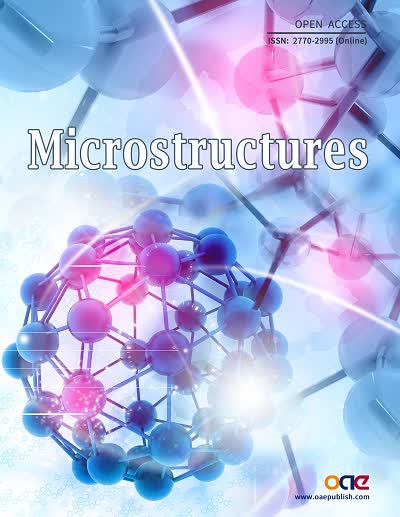







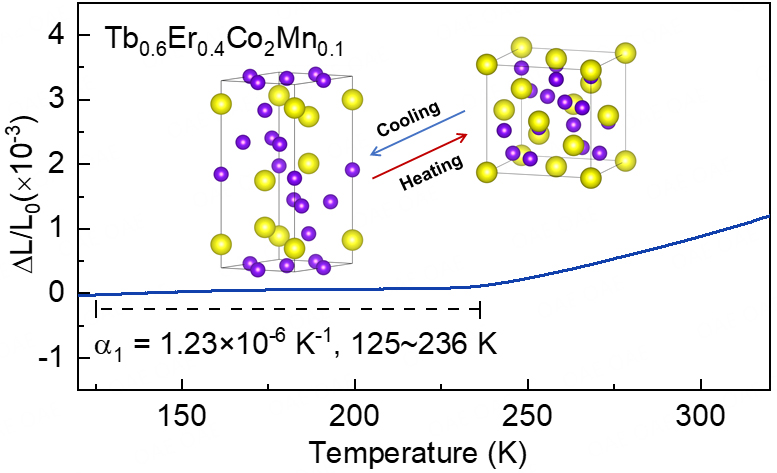


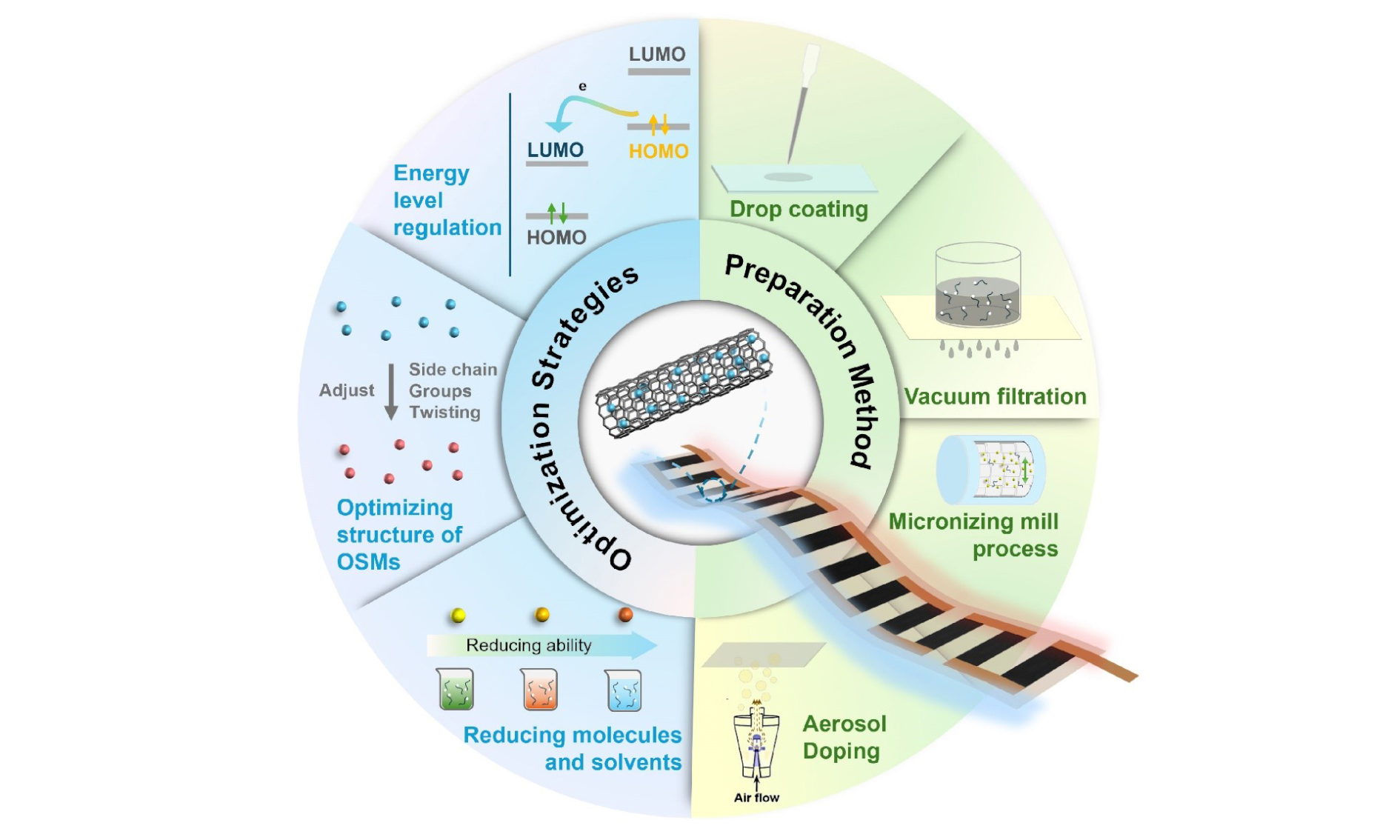

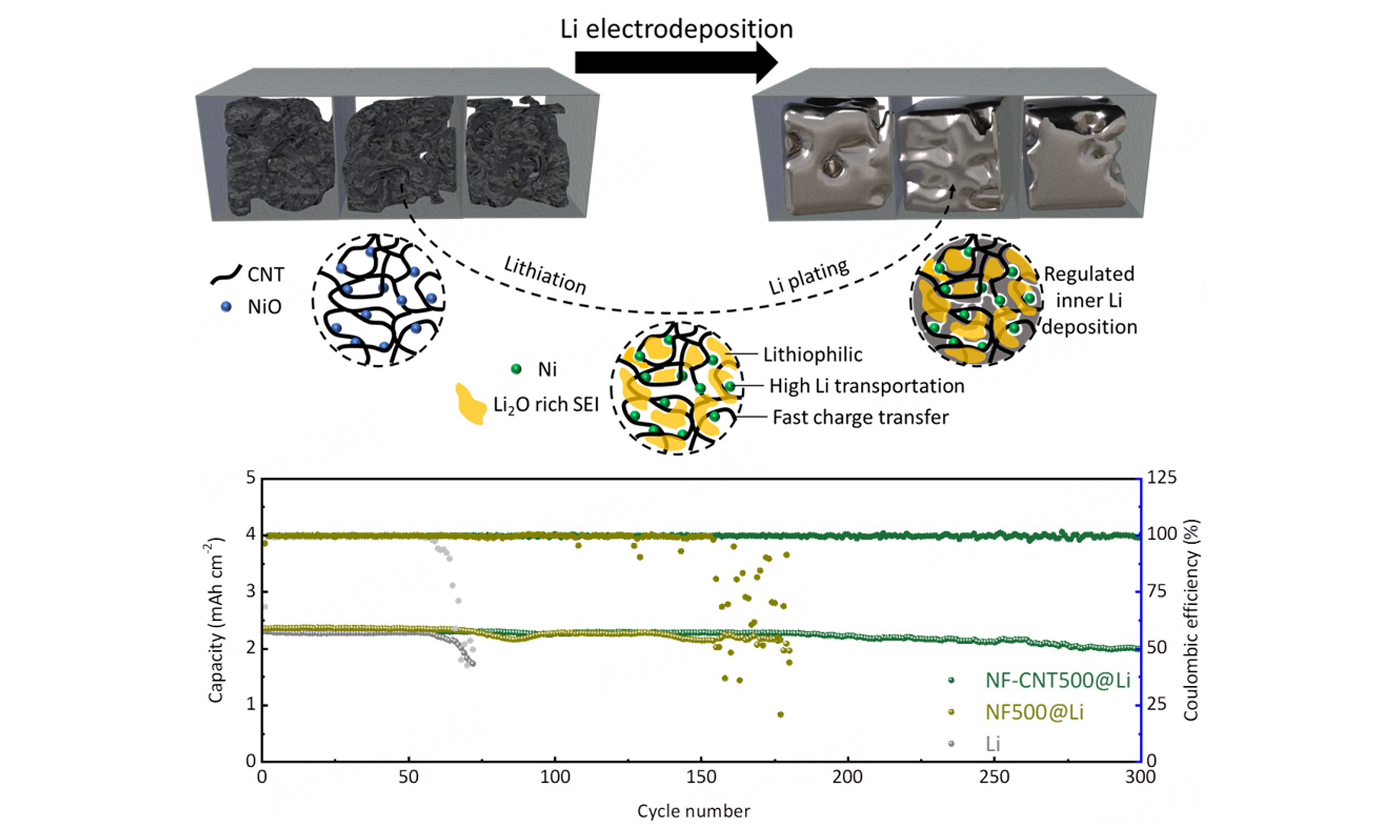
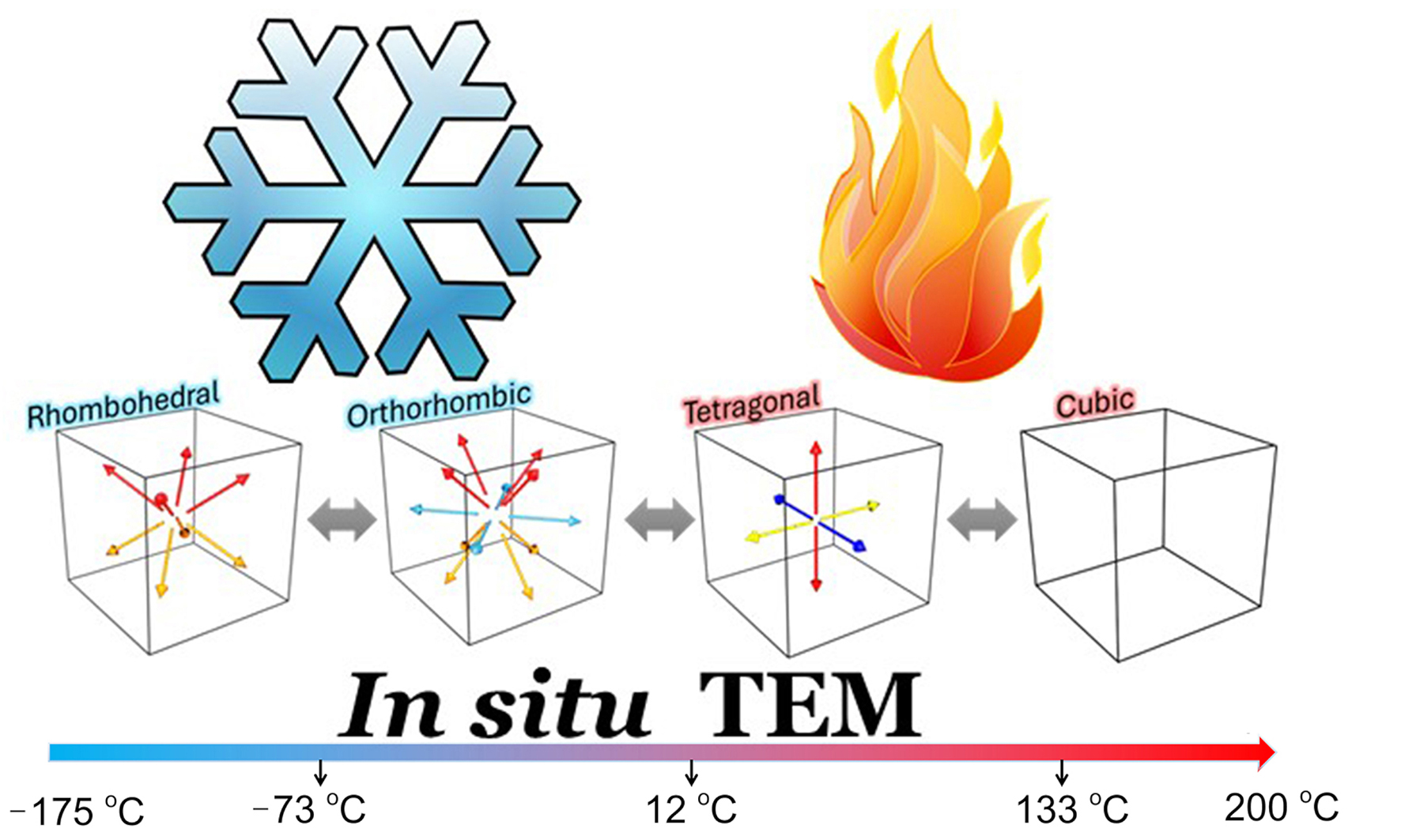
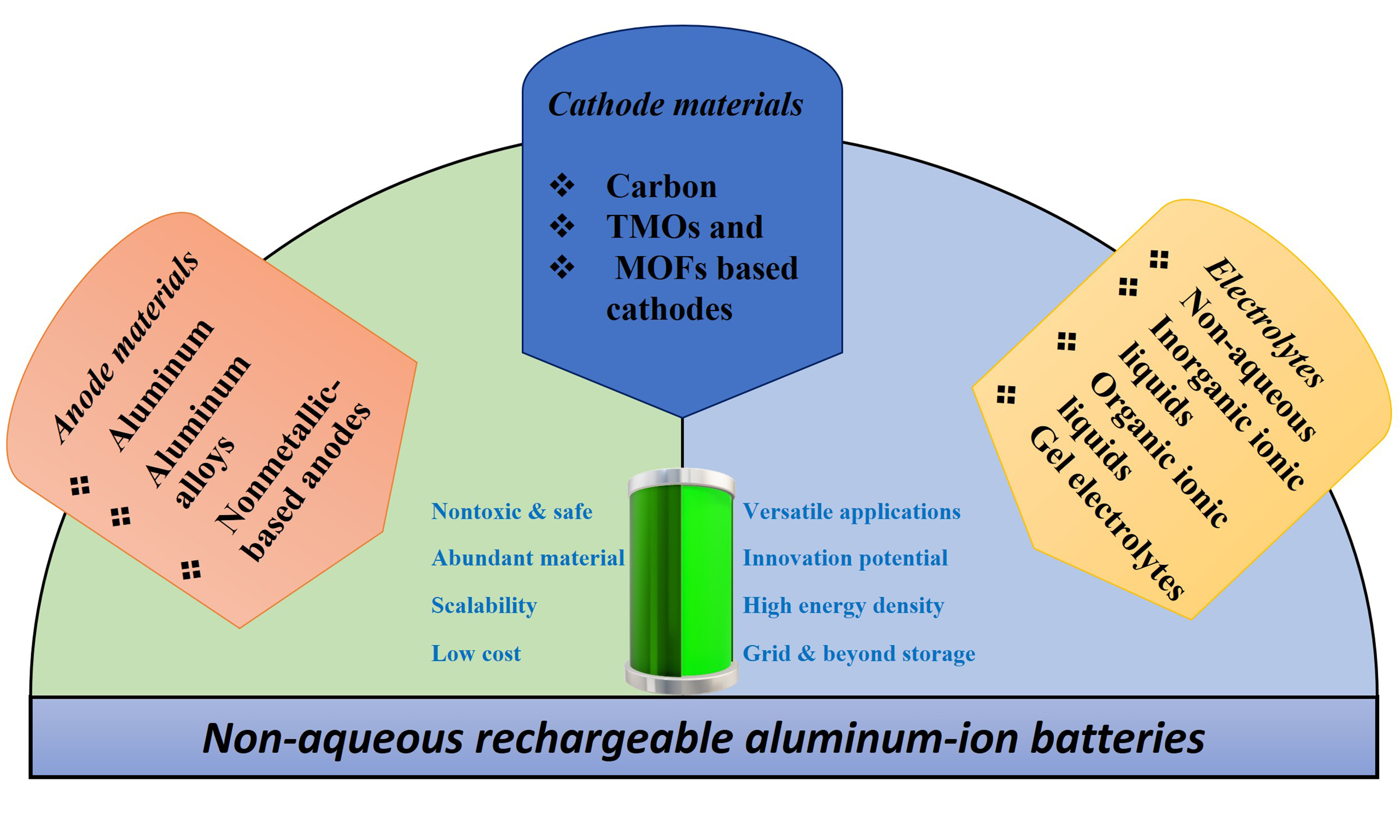
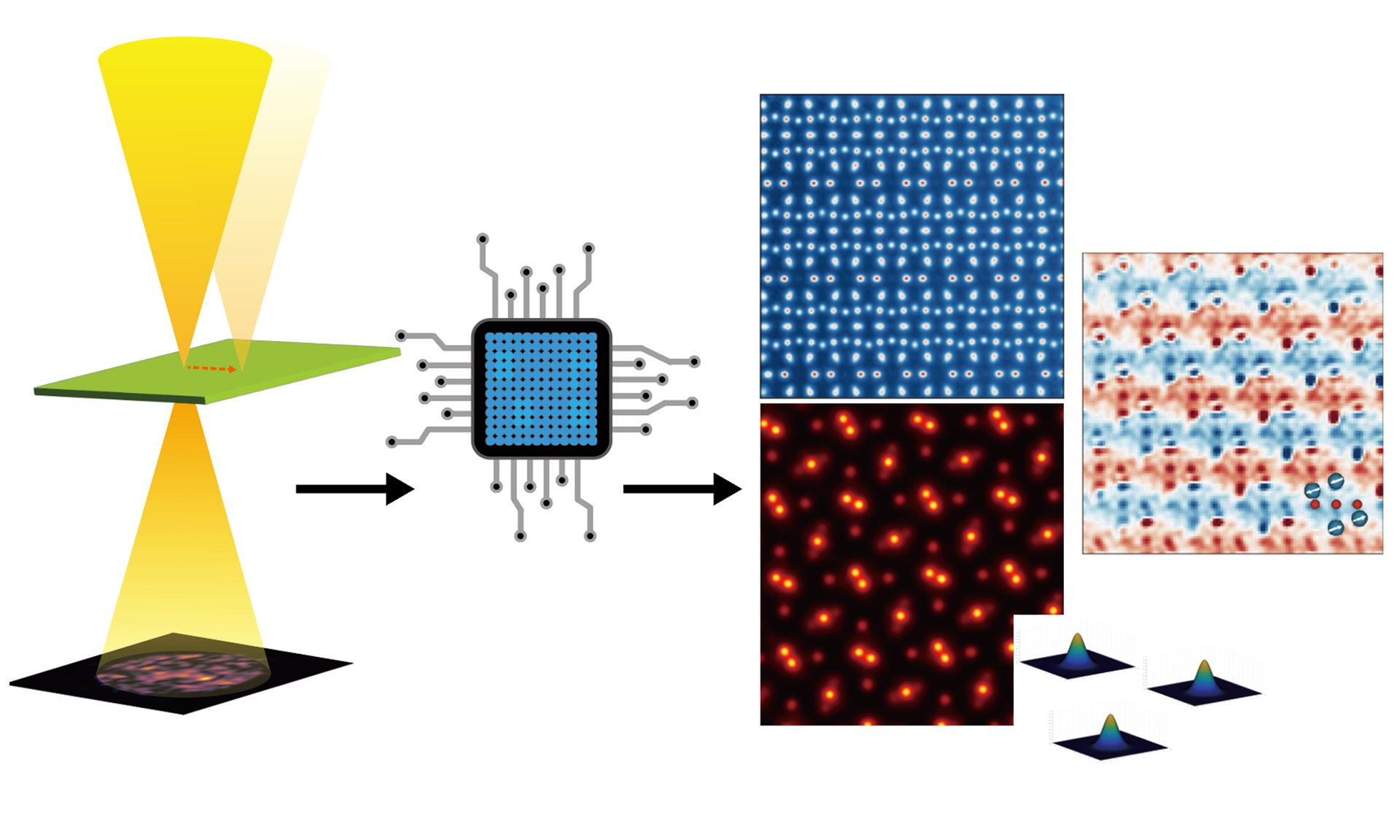

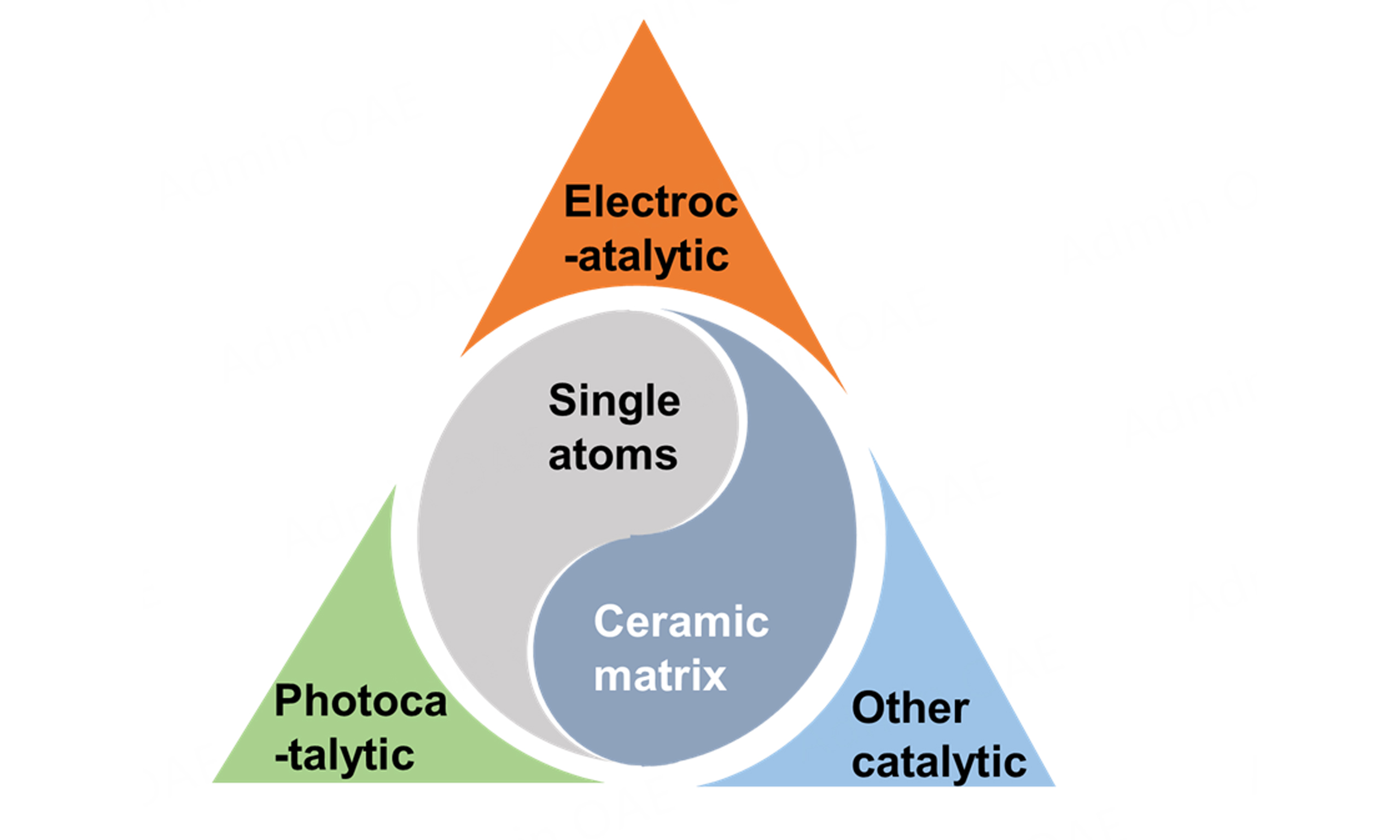
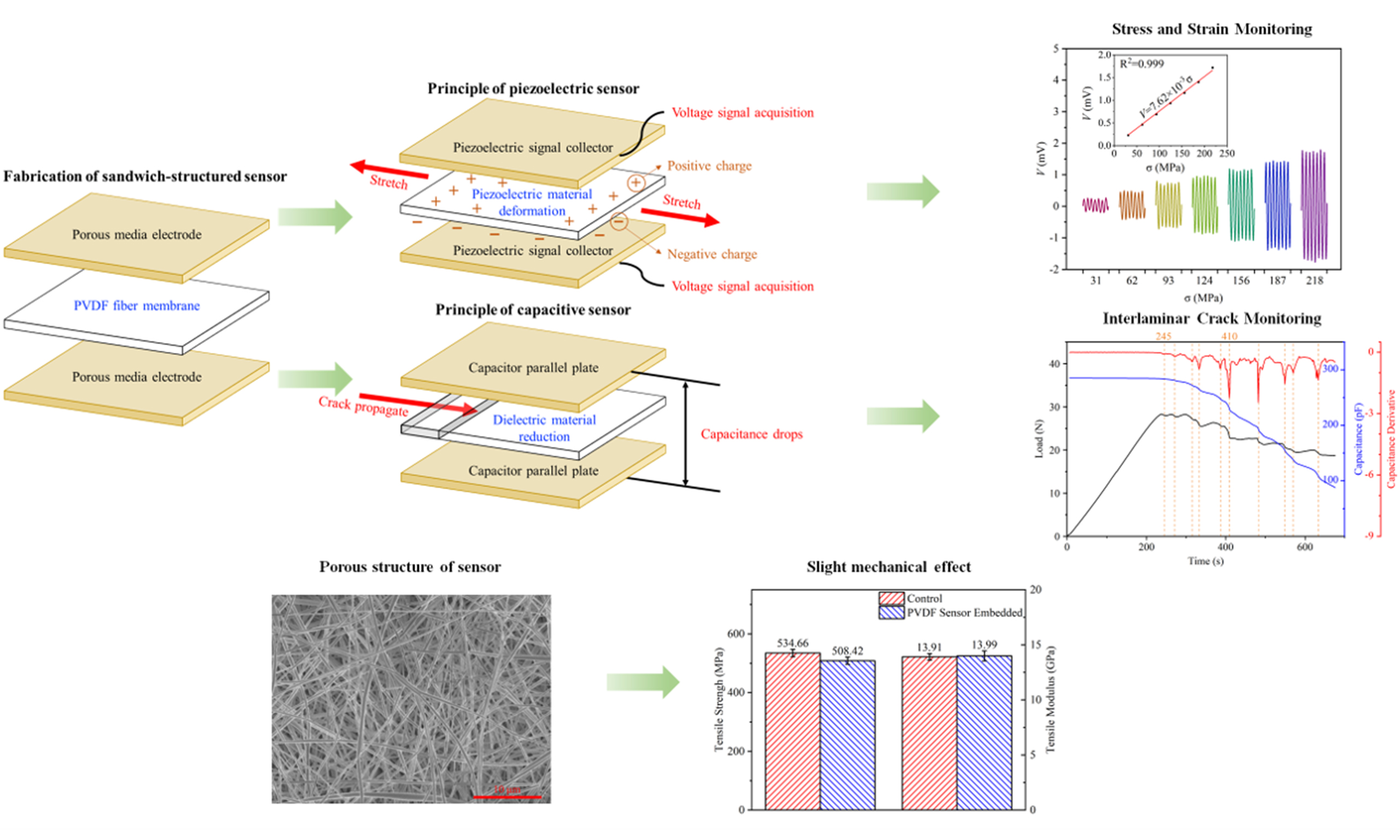






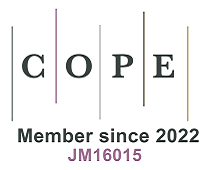








Comments
Comments must be written in English. Spam, offensive content, impersonation, and private information will not be permitted. If any comment is reported and identified as inappropriate content by OAE staff, the comment will be removed without notice. If you have any queries or need any help, please contact us at support@oaepublish.com.